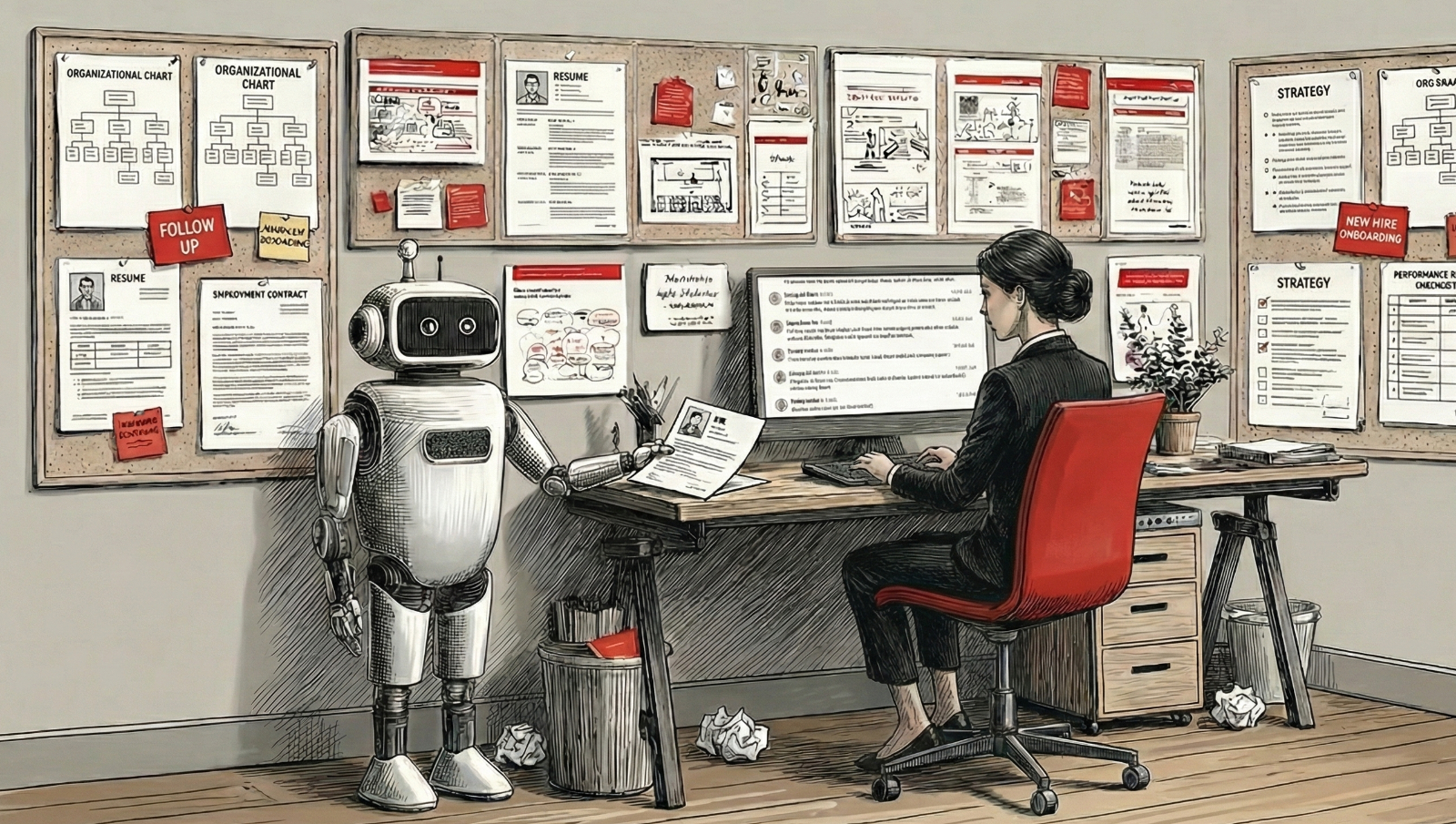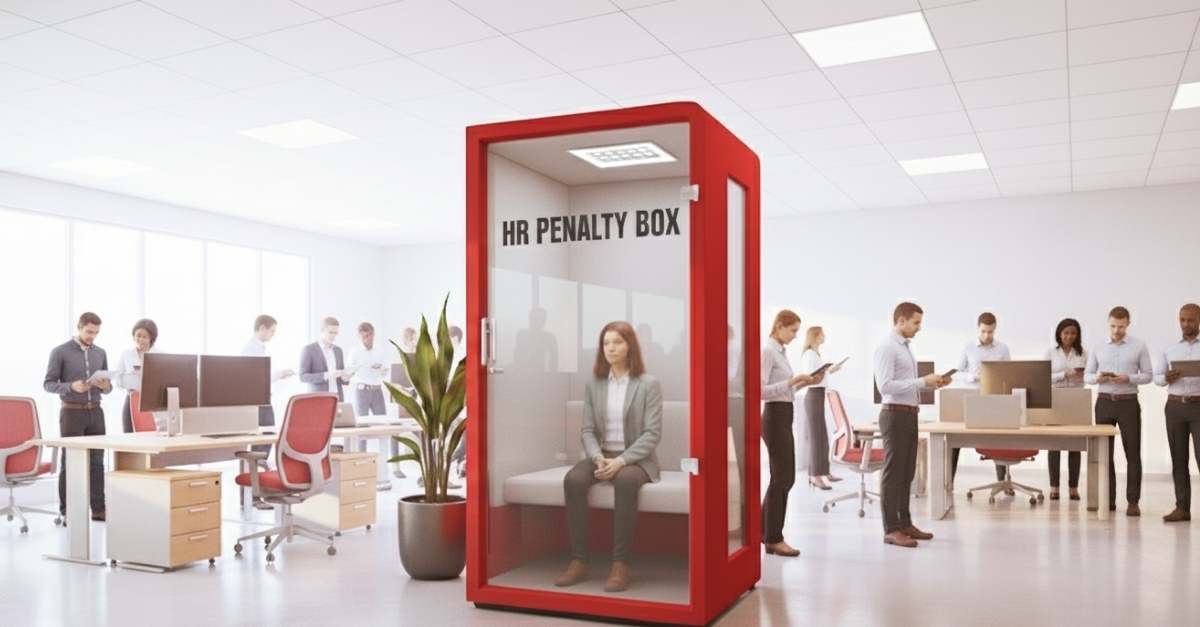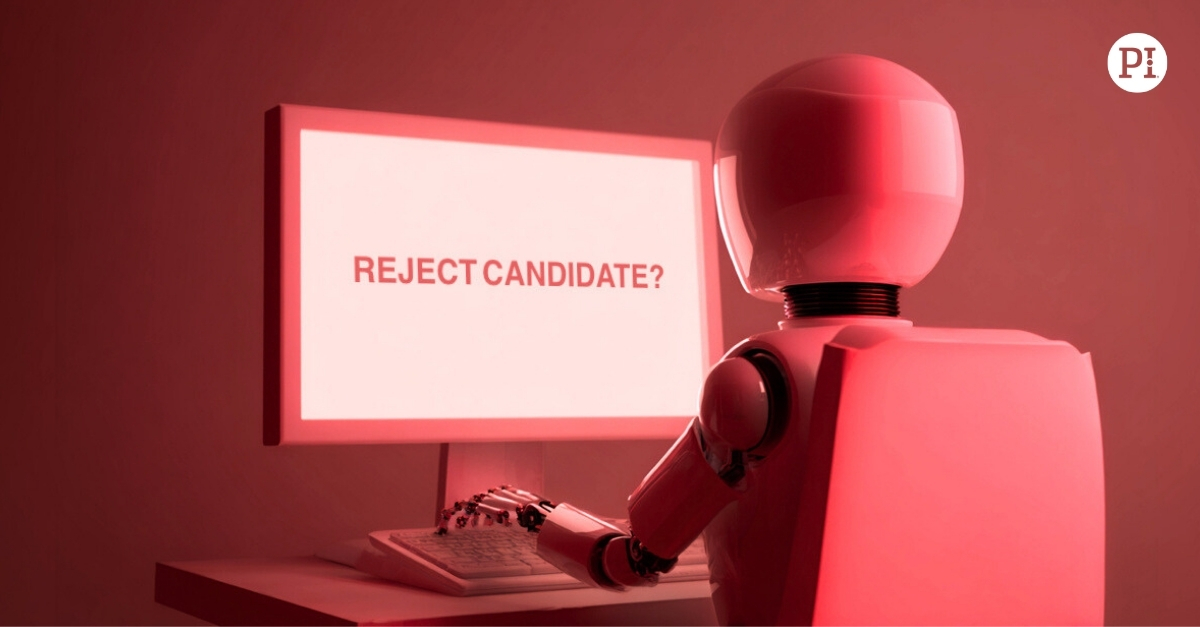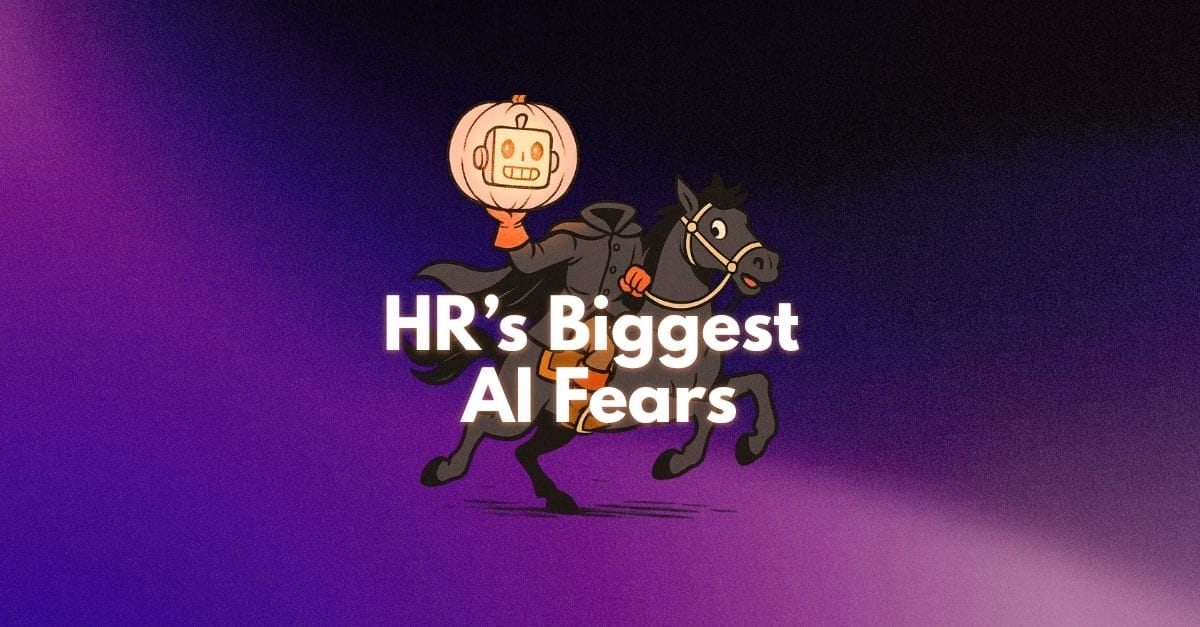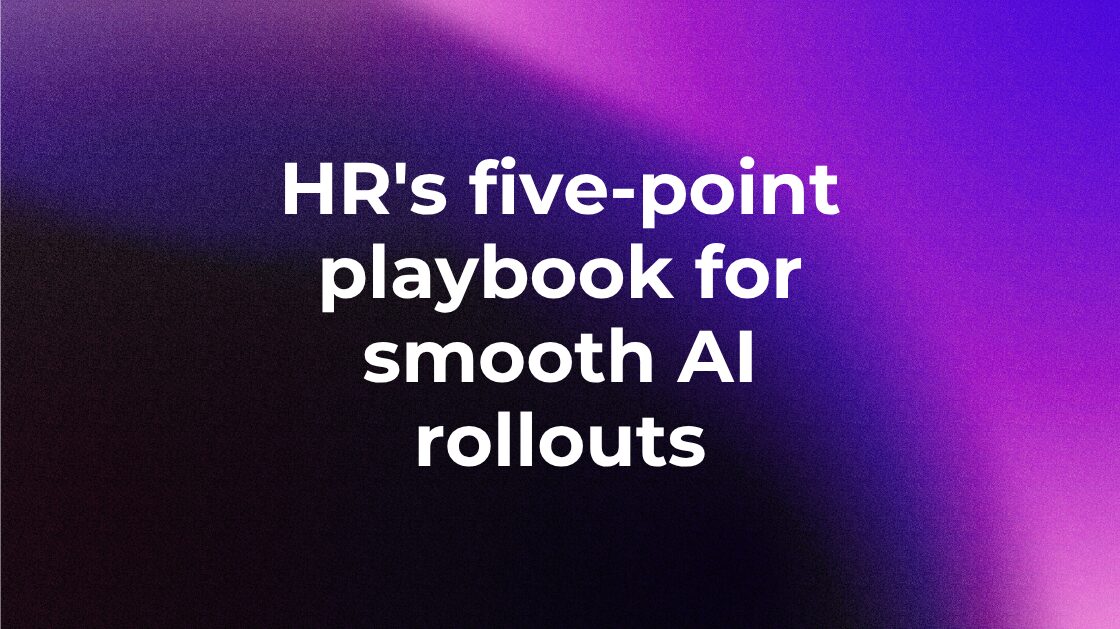Before you go ditching your cubicle for an open office floor plan, look to these pros and cons.
As workplaces continue to evolve, open offices have been implemented in organizations of all sizes. Their main purpose is to encourage communication and collaboration without having a traditional “cube farm” affect morale. However, business experts have largely been critical of open office plans and think they’re more likely to hamper productivity than encourage it.
The pros and cons of an open office environment
Open offices must have some kind of benefit if they’re constantly being rolled out into various workplaces, so let’s examine the factors that make open office plans both conducive and harmful to productivity.

Benefits of open offices
- More flexibility in the layout. Having movable furniture can turn your open office into a multipurpose room and create new layouts when they’re called for, such as a circular layout or pushing tables together to create a boardroom environment. This can save money on renting larger spaces and also gives your staff a breath of fresh air by making the same room look different from time to time.
- It’s easy to not have assigned seating. The Wall Street Journal recommends maximizing productivity and eliminating suspicions of employee favoritism by not having assigned seating in open office plans. Some of your employees may have favorite spots while others would like to have a change of scenery every day and decide what days they’d like a chatty or quiet neighbor; This will have a positive impact on productivity.
- Options to offer alternatives to desks, tables, and chairs. Sitting is the new smoking: excessive sitting can cause blood clots, deep vein thrombosis, and other health problems. Open office plans allow more room both for walking around, as well as alternatives to traditional seating. It’s easy to place things like standing desks, treadmill desks, fitness balls, and other devices that can help keep your employees awake and focused.

Disadvantages of open offices
- Employees take more sick days in open office plans. It’s been reported that employees working in open offices are 62% more likely to take sick days than people who work in other setups. When cold and flu season hits, it’s all too easy for a large room full of people to spread germs everywhere instead of confining those pathogens to cubicles.
- Open offices easily get noisy and distracting. Employees wind up being forced to listen to other peoples’ personal calls and lunchtime YouTube favorites while trying to focus on complex tasks. Some will put on headphones to attempt drowning out audio distractions, but being able to see everything happening around them can lead to distraction. Others can also lose valuable time just by spending too much time talking to each other instead of working. It can be hard to draw a line between collaboration and socializing in open offices, both of which can be distracting to their neighbors.
- Employees may be constantly on edge from imminent micromanagement. Even if micromanagement isn’t your style, your employees are aware that open office plans mean it’s very easy for management to look over their shoulder at any given time. Simply anticipating management hovering over them can cause even your top performers to falter.

Open office plans have some benefits for smaller workspaces and industries where collaboration is daily. However, they may be a poor fit for professions and roles that require a great deal of focus that doesn’t cause the employee to look for a quiet place to work that’s free of distractions…and germs.
Before you completely rule out the open office work environment, learn why companies are saying bye-bye to cubicles.
